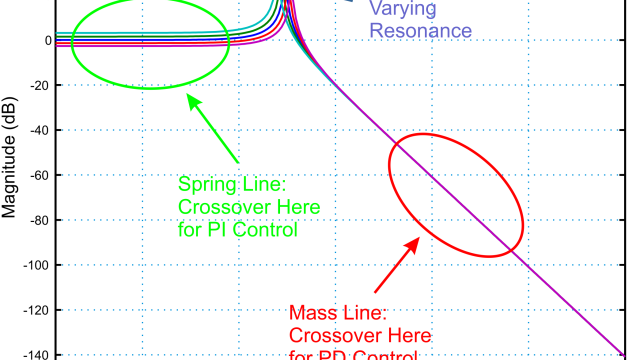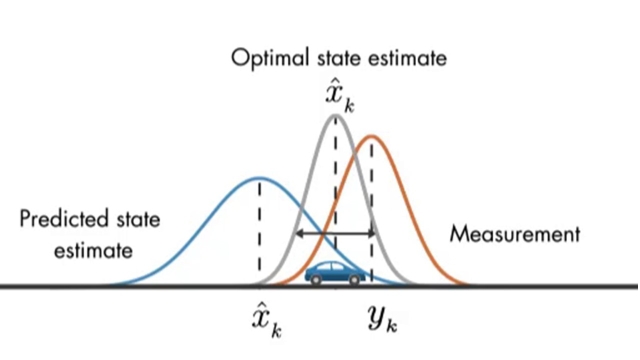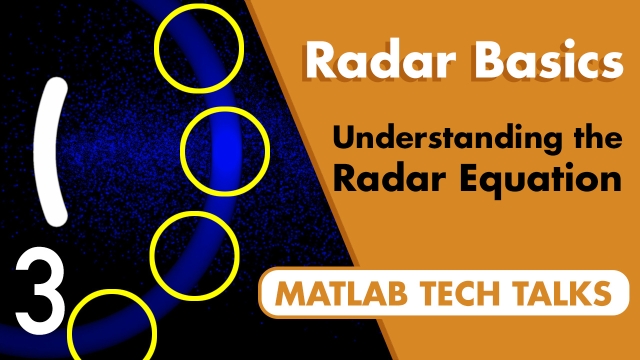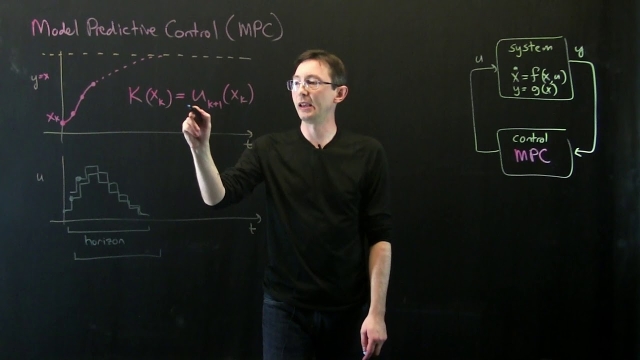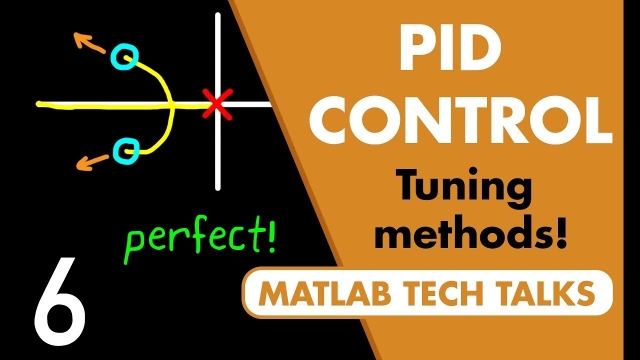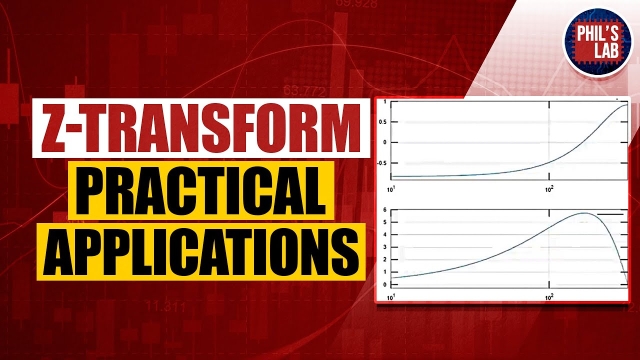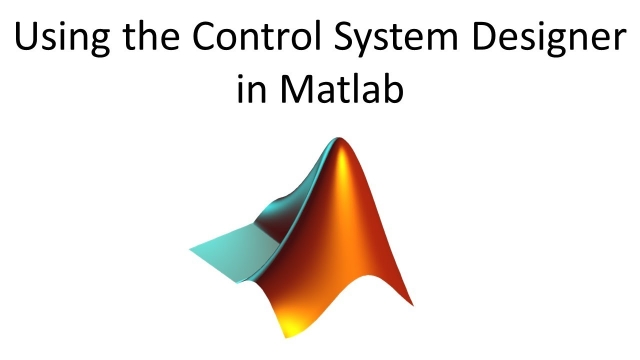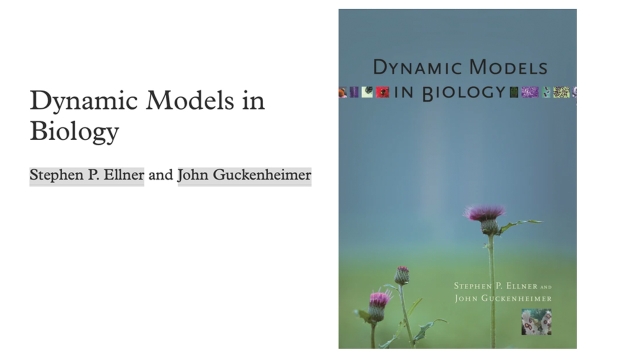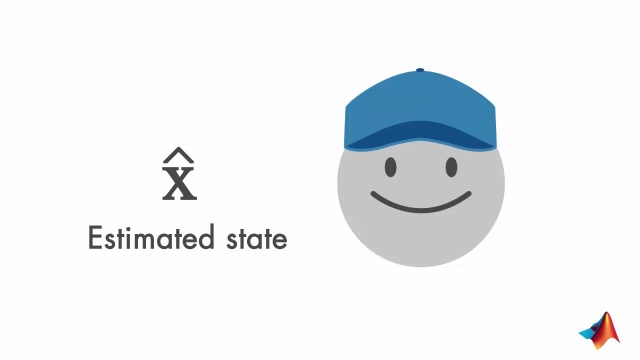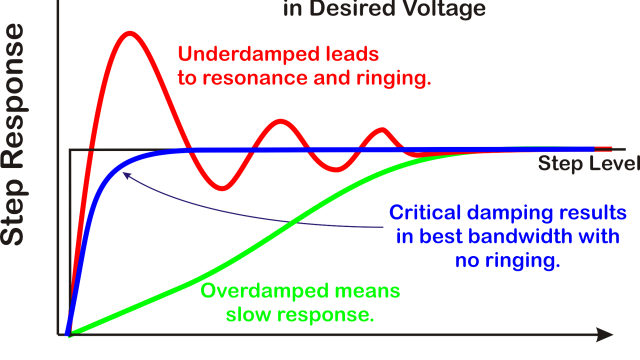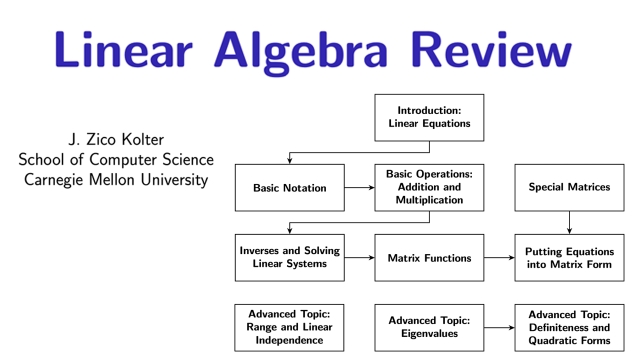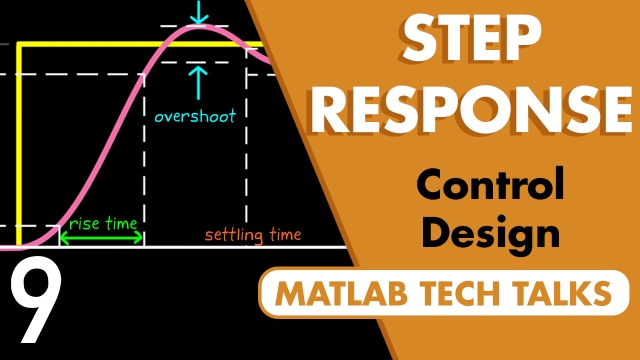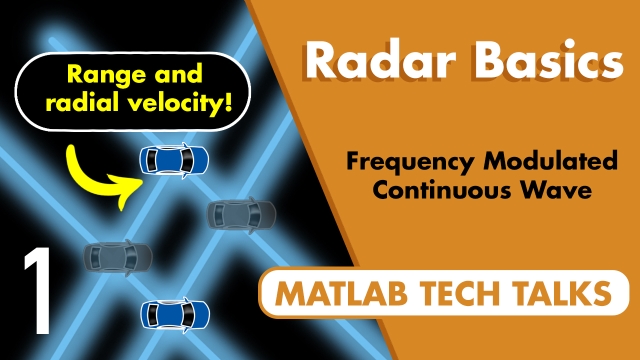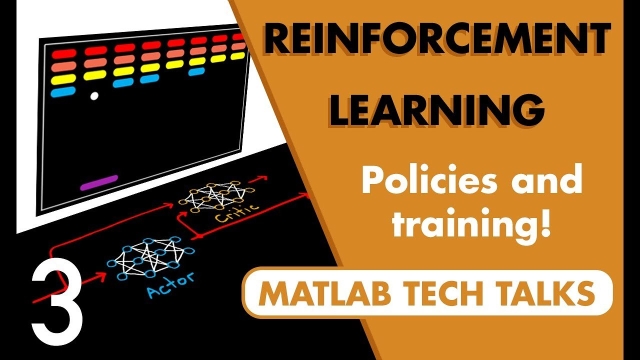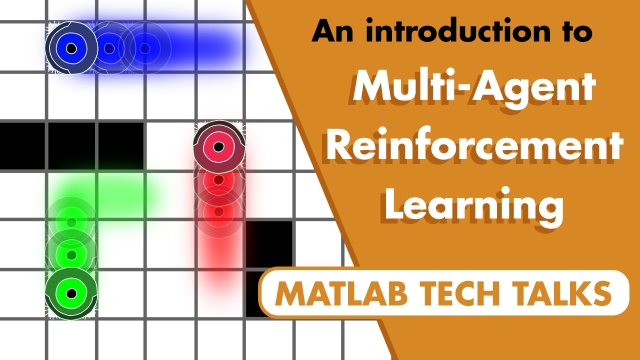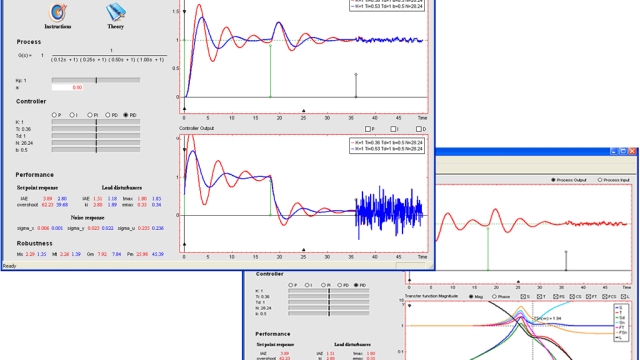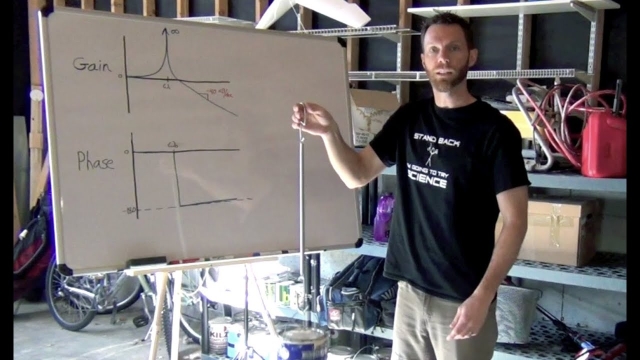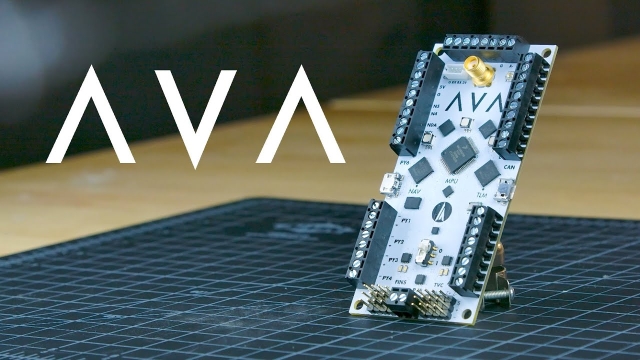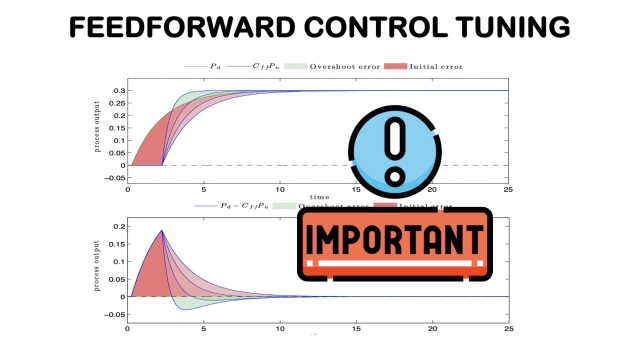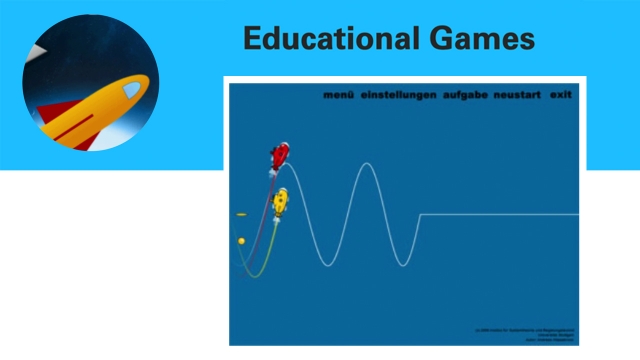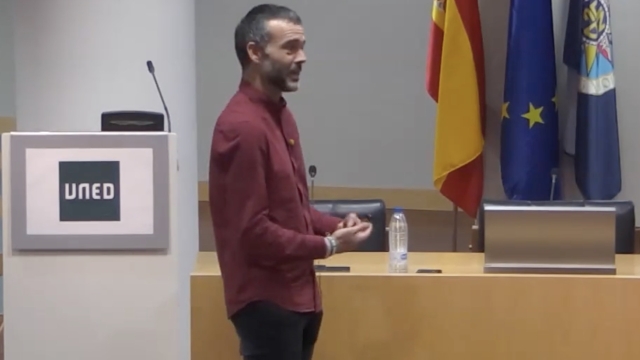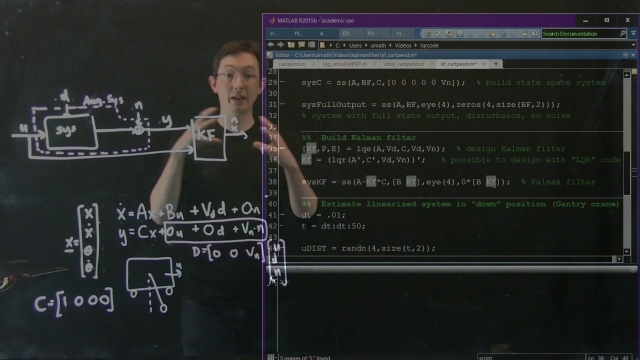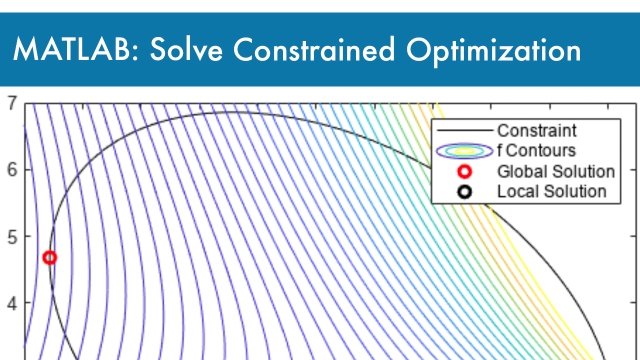
What's a Control System and Why Should I Care? A whirlwind tour through the ...
This paper aims to provide some introduction, a cheat sheet, and some context for college level STEM students about to take that first controls class. In some cases, it provides context...
See MoreUnderstanding Kalman Filters, Part 3: An Optimal State Estimator
Watch this video for an explanation of how Kalman filters work. Kalman filters combine two sources of information, the predicted states and noisy measurements, to produce optimal, unbiased...
See MoreThe Radar Equation | Understanding Radar Principles
Learn how the radar equation combines several of the main parameters of a radar system in a way that gives you a general understanding of how the system will perform. The radar equation is a...
See MoreModeling Physical Systems, An Overview
This video sets the stage for the topics that I want to cover over the next month or two. This is an overview of how you go from a physical system to a linear model where you can design a...
See MoreModel Predictive Control
This lecture provides an overview of model predictive control (MPC), which is one of the most powerful and general control frameworks. MPC is used extensively in industrial control settings...
See MoreUnderstanding PID Control, Part 6: Manual and Automatic Tuning Methods
The previous video showed three different approaches to developing a mathematical model of your physical system. Now that we have this model, we can use it to tune a PID controller that will...
See MoreZ-Transform - Practical Applications
Covering practical applications of the Z-transform used in digital signal processing, for example, stability analysis and frequency response of discrete-time systems. Theory, C code, and...
See MoreUsing the Control System Designer in Matlab
In this video we show how to use the Control System Designer to quickly and effectively design control systems for a linear system. We show how to add multi...
See MoreDiscrete Fourier Transform
The discrete Fourier transform, or DFT, is the primary tool of digital signal processing. The foundation of the product is the fast Fourier transform (FFT), a method for computing the DFT...
See MoreWhat Are Dynamic Models? Chapter 1 from Dynamic Models in Biology
Throughout this book we use a wide-ranging set of case studies to illustrate different aspects of models and modeling. In this introductory chapter we describe and give examples of different...
See MoreUnderstanding Kalman Filters, Part 2: State Observers
Learn the working principles of state observers, and discover the math behind them. State observers are used for estimating the internal states of a system when you can’t directly measure...
See MoreIntroducing Feedback Control to Middle and High School STEM Students, Part 2...
This paper was presented at the 2019 IFAC Advances on Control Education Conference (IFAC-ACE), Philadelphia, PA, USA, July 7-9, 2019, and is in the conference proceedings. This paper aims at...
See MoreLinear Algebra Review
This short course is a quick review of linear algebra, intended for students who have already taken a previous course in linear algebra or have some experience with vectors and matrices. The...
See MoreControl Systems in Practice, Part 9: The Step Response
This video covers a few interesting things about the step response. We’ll look at what a step response is and some of the ways it can be used to specify design requirements for closed loop...
See MoreFMCW Radar for Autonomous Vehicles | Understanding Radar Principles
Watch an introduction to Frequency Modulated Continuous Wave (FMCW) radar and why it’s a good solution for autonomous vehicle applications. This demonstration will show how FMCW radar can...
See MoreReinforcement Learning for Engineers, Part 3: Policies and Learning Algorith...
This video provides an introduction to the algorithms that reside within the agent. We’ll cover why we use neural networks to represent functions and why you may have to set up two neural...
See MoreAn Introduction to Multi-Agent Reinforcement Learning
Learn what multi-agent reinforcement learning is and some of the challenges it faces and overcomes. You will also learn what an agent is and how multi-agent systems can be both cooperative...
See MoreInteractive Tool for PID understanding
The module PID Basics is designed to explore the properties of a simple feedback loop by showing the time and frequency responses of a closed-loop system and demonstrating how these...
See MoreSystem Identification Methods
System Identification is the process of determining the model or the equations of motion for your system. This is incredibly important because basing a control system design off of a bad...
See MoreThe AVA Flight Computer
This video describes the board design, hardware architecture, and software components of the All Vehicle Avionics (AVA) flight computer that was designed by Joe Barnard of BPS Space. This...
See MoreAdvances in feedforward control for measurable disturbances
The efficient compensation of load disturbances is one of the most important tasks in any control system. Most industrial processes are affected by disturbances and only feedback is commonly...
See MoreVarious games for learning Controller Design
Since 2005, we are using educational games in the course „Einführung in die Regelungstechnik“ (Introduction to automatic control).
The project started with the game spaceballRT, which uses...
See MoreAdvances in feedforward control for measurable disturbances (in Spanish)
The efficient compensation of load disturbances is one of the most important tasks in any control system. Most industrial processes are affected by disturbances and only feedback is commonly...
See MoreControl Bootcamp: Kalman Filter Example in Matlab
This lecture explores the Kalman Filter in Matlab on an inverted pendulum on a cart.
See MoreMATLAB Example: Solve Constrained Nonlinear Optimization, Problem-Based
This example shows how to find the minimum of a nonlinear objective function with a nonlinear constraint by using the problem-based approach.
See More
